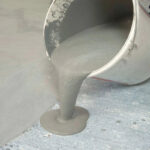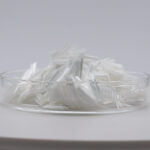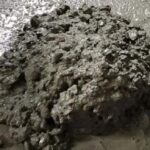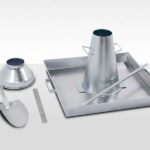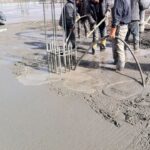What are segregation and bleeding?
Segregation is a common phenomenon during the mixing process of concrete. It occurs when coarse aggregates separate from the mixture, disrupting the uniformity of the concrete. As concrete mixtures consist of various materials of different sizes and densities, if proper proportions are not chosen, the different components may move differently during mixing, transportation, and pouring, leading to segregation. This phenomenon is known as segregation and can significantly impact the uniformity of concrete.
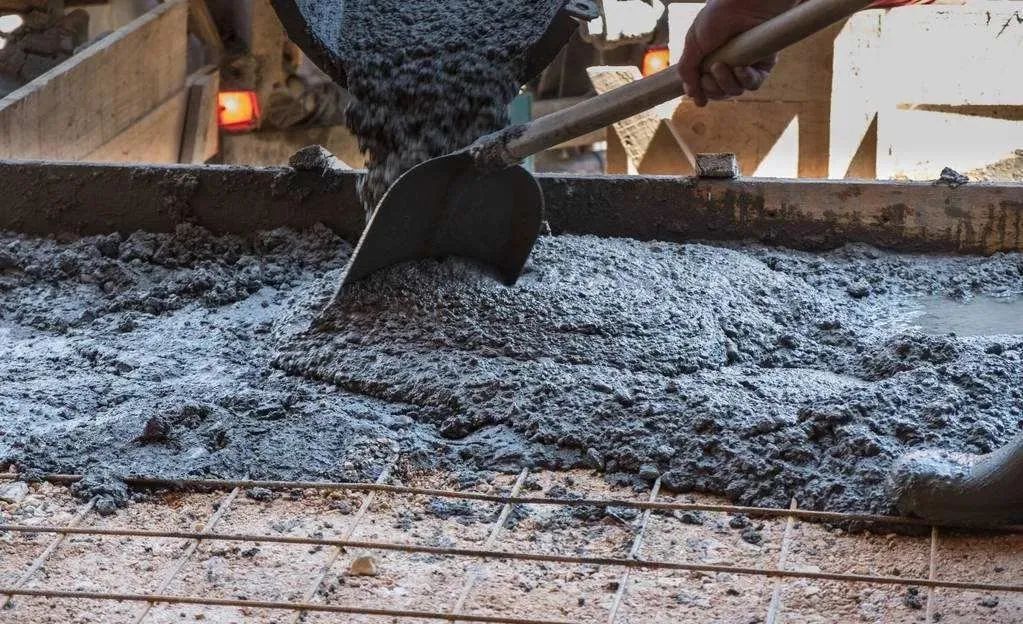
Segregation can result in defects such as exposed aggregates, reinforcement, honeycombing, sand streaks, cracks, curling, and porous or weak concrete layers. These defects not only affect the quality and durability of the concrete but also have high repair costs and may not achieve satisfactory results.
There are two forms of segregation. One is the rolling of coarse aggregates on slopes or their sinking in free-flowing concrete mixtures. The other is when the mortar separates from the aggregates in thin concrete mixtures. Improper proportions, overly dry concrete, or insufficient sand content can all cause segregation. Therefore, proper construction methods should be used during the handling, pouring, loading, unloading, and free fall of concrete to prevent segregation.
Bleeding is also a form of segregation. When fresh concrete is still in the process of setting, the solid particles sink under the force of gravity, and if the concrete's water retention capacity is inadequate, water will rise to the surface, known as bleeding. This can reduce the water-cement ratio of the concrete, disrupt its uniformity, and form a layer of high water content slurry on the surface, causing the top layer of concrete to be porous and weak, and its strength to decrease.
For concrete surfaces that have experienced bleeding, after the bleeding has stopped and the water has evaporated, a trowel should be used to firmly press the surface. Premature troweling can trap the water below the surface, leading to spalling or thin layer peeling.
The amount of fine sand in concrete, the size of cement particles, the amount of cement used, and the amount of water used in the concrete can all affect the occurrence of bleeding. In particular, when using cement with a long setting time or adding retarders in concrete, the bleeding time may be extended, increasing the likelihood of bleeding. Therefore, all factors should be considered during the preparation and construction of concrete to reduce segregation and bleeding and improve the quality and durability of the concrete.
The causes of segregation and bleeding
The impact of water-cement ratio on concrete
The water-cement ratio is the proportion of water to cement in concrete. When this ratio increases, the time needed for cement to set and harden also increases. This allows more free water to be present, which can lead to a longer separation time between water and cement, making the concrete more prone to bleeding. Additionally, if too much admixture is added to the concrete, especially retarders, it can cause a large amount of bleeding and segregation. In this case, excess free water will seep out of the concrete surface, affecting the cement's setting and hardening process, reducing the concrete's water retention capacity, and ultimately causing severe bleeding.
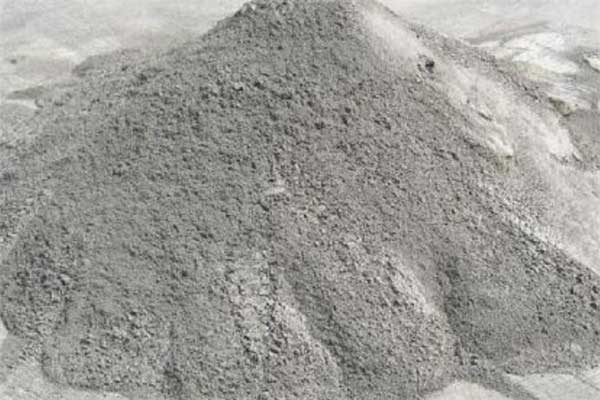
The impact of cement on concrete bleeding
Factors such as the setting time, fineness, and particle distribution of cement can all affect the concrete's bleeding performance. When the setting time of cement is prolonged, the setting time of the prepared concrete will also increase accordingly. Before the concrete sets and hardens, the time for cement particles to settle will also be prolonged, making the concrete more prone to bleeding. The coarser the cement, or the lower the content of fine particles (<5μm) in the particle distribution, the less water will be hydrated in the early stages.
The impact of aggregates on concrete bleeding
If the fine aggregates are too coarse, or the grading is unreasonable, it can cause an increase in the voids of fine particles, allowing free water to rise and leading to bleeding. This is one of the main causes of concrete bleeding.
The impact of air content on concrete bleeding
The air content has a significant impact on the bleeding performance of freshly mixed concrete. The bubbles in freshly mixed concrete are formed by entrapped water. If these bubbles can remain stable, the water surrounding the bubbles will be fixed. This will greatly reduce the amount of water that can bleed out, thereby reducing the bleeding rate. At the same time, the presence of bubbles will block the bleeding channels, preventing free water from seeping out.
The impact of construction on concrete bleeding
During the construction process, vibration is the main factor that affects concrete bleeding. During vibration, the concrete mixture will be in a liquefied state, making it easy for free water to form channels and seep out under pressure. Additionally, for pumped concrete, the pressure during pumping can destroy the bubbles in the concrete, leading to increased bleeding. Therefore, during construction, excessive vibration and high pumping pressure should be avoided to reduce concrete bleeding.
To reduce segregation and bleeding, the following strategies can be adopted:
- Use finer cement particles.
- With the same amount of water, using a higher cement content will result in less bleeding in richly proportioned concrete than in lean concrete.
- Use fly ash or other volcanic ash materials.
- The sand should contain enough fine particles, or increase the amount of sand to help reduce the likelihood of segregation and bleeding.
- When bleeding is severe, consider using an air-entraining agent. The non-connected bubbles formed by the air-entraining agent act as an increase in fine particles, which can help block the bleeding channels, reduce the amount of water used, and improve the workability of the concrete.


